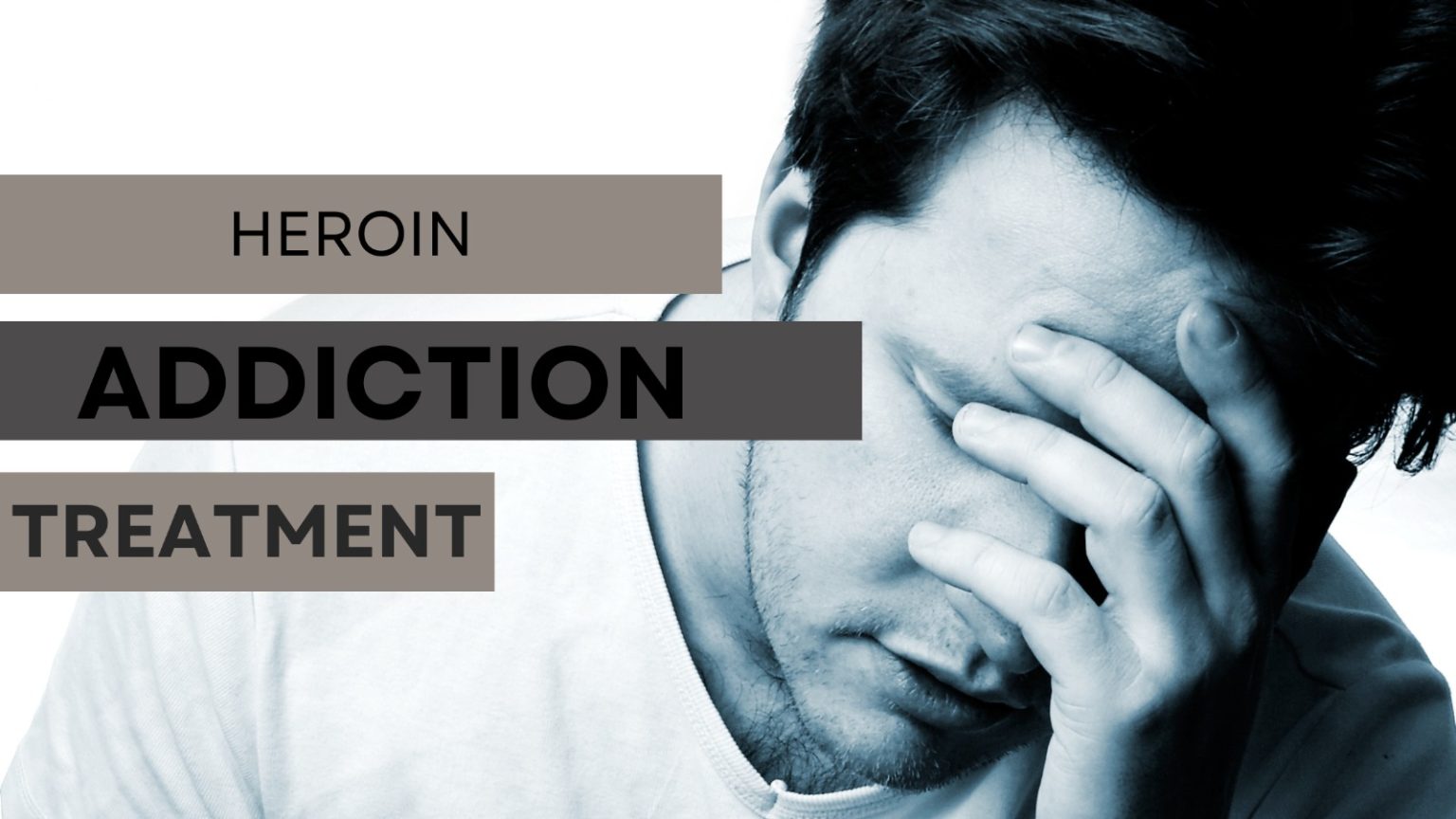
25 Mar What is Heroin & what does it do?
Heroin is an opioid drug which is made from morphine. Morphine is extracted from a poppy plant grown largely in South America and in parts of Asia and Africa. Users usually inject, sniff, or smoke heroin. It is said to cause a feeling of “euphoria” or a rush of happiness in its users. When ingested, heroin binds to opioid receptors in the central nervous system in the brain which in turn boosts feelings of pleasure, decreases pain and slows down the heart rate and breathing. Heroin is highly addictive and its increased use eventually alters the structure of the brain and its’ functioning. As dependence on the drug progresses so does the body’s tolerance.
Symptoms/ signs of Heroin addiction
- Recognising heroin addiction, like any addiction, may be difficult depending on how efficient the individual is at hiding their use. However, here are a few things to spot:
- Nausea and vomiting
- Severe itching
- Going “on the nod,” a back-and-forth state of being conscious and semiconscious
- Unintelligible speech
- Narrow pupils
- Memory lapses
- Possibility of needle marks (if being used through injecting)
- Constipation
- Anger bouts
- Decline in hygiene
- Tongue discolouration
How is Heroin addiction treated?
Treatment for heroin addiction includes medication developed to aid the withdrawal symptoms, an assisted detox period and cognitive-behavioural therapy. During the first 15 days of the detox, the patient is consistently monitored and administered medication based on their specific case. Seeking therapy and identifying triggers and harmful behaviour patterns ensure successful treatment of Heroin Addiction.
Heroin withdrawal symptoms
- Increased pulse
- Increased blood pressure and breathing
- Sleep problems
- Dilated (expanded) pupils
- Cold sweats
- Watery eyes
- Muscle spasms
- Severe muscle and bone pain
- Nausea and vomiting
- Diarrhoea
- Tremors
- Restlessness
- Depression
- Involuntary body movements
These symptoms are at their peak during the first 24 hours of the detox up until the 15th day, although they can go on for an extended period depending on the health and age of the patient and the duration and amount of the abuse. Once the acute withdrawal symptoms have subsided, the cravings for the drug start to kick in. As this withdrawal period is extremely painful the patient’s mind and body crave the drug to numb the pain and extreme discomfort. It is imperative to seek a treatment centre for heroin addiction where trained professionals can help as cravings can become overwhelming for the addict.

No Comments